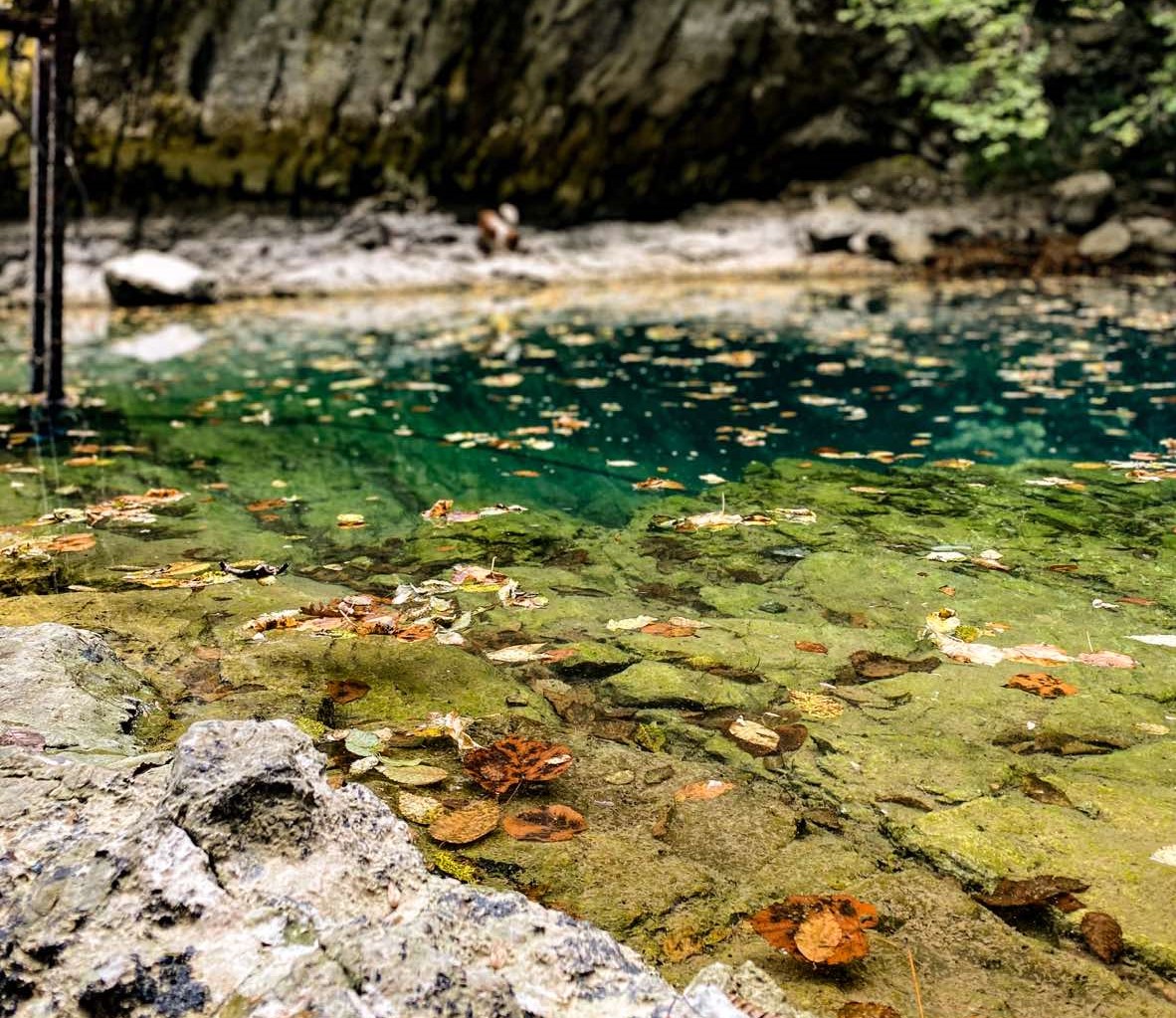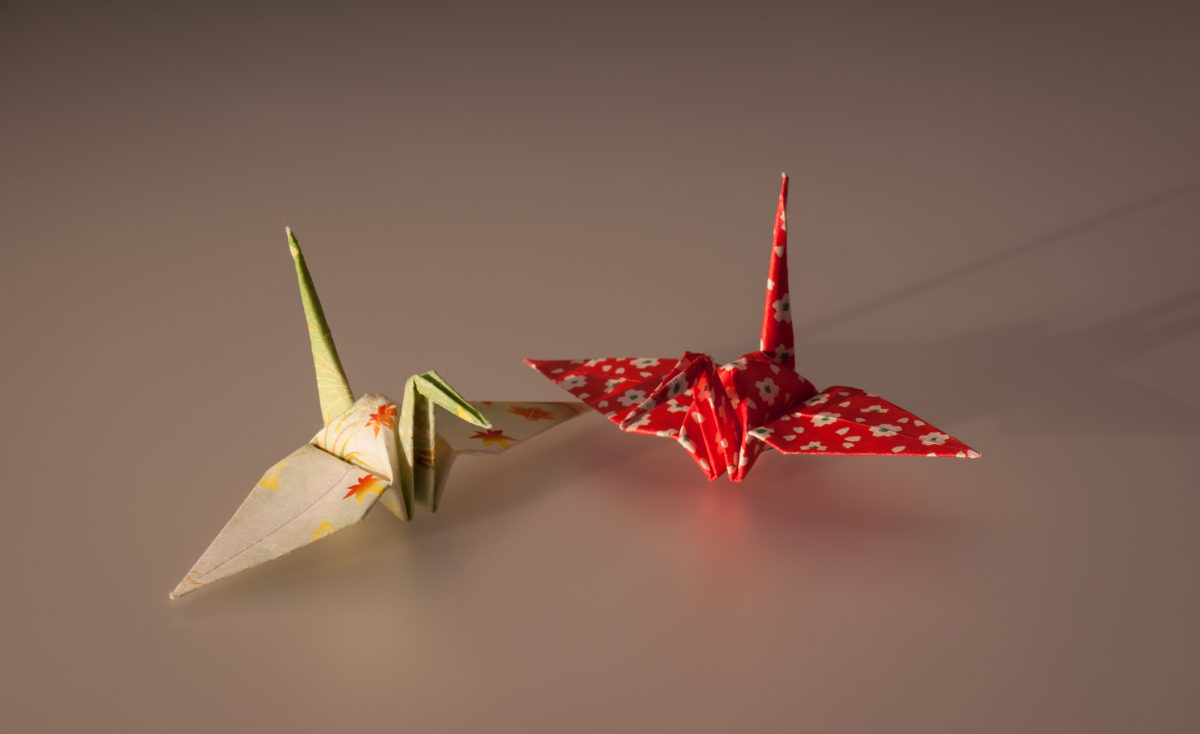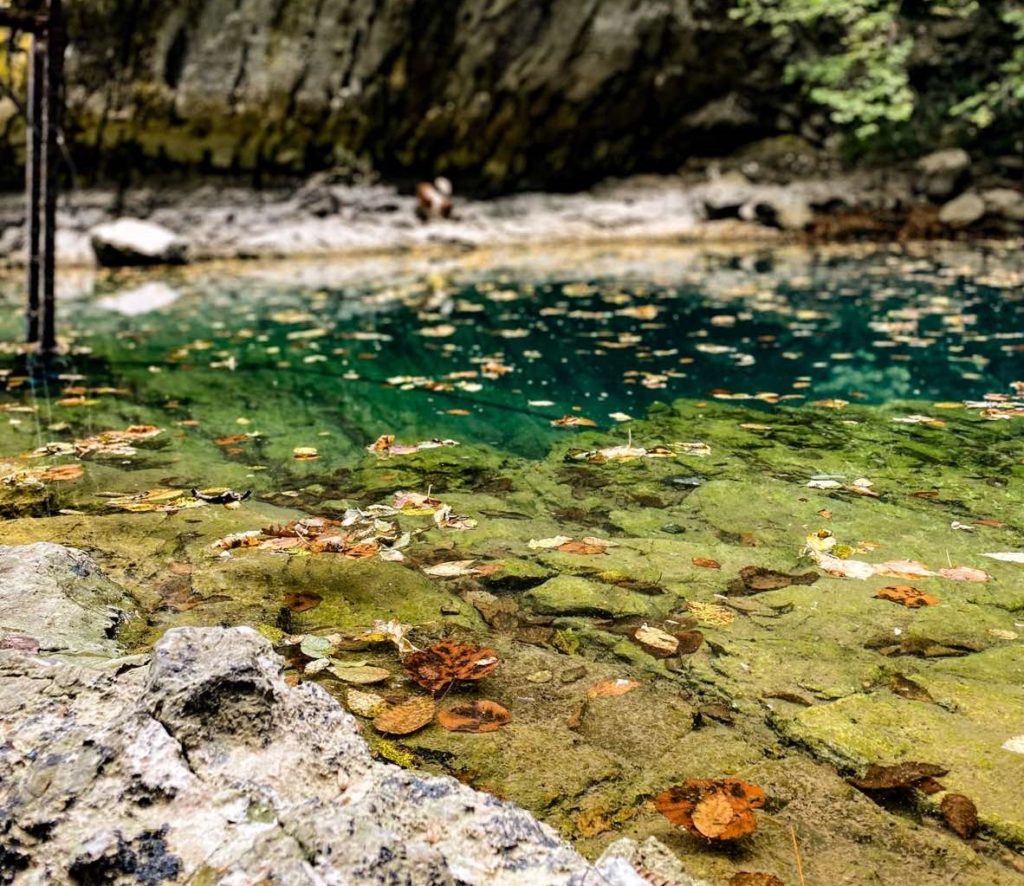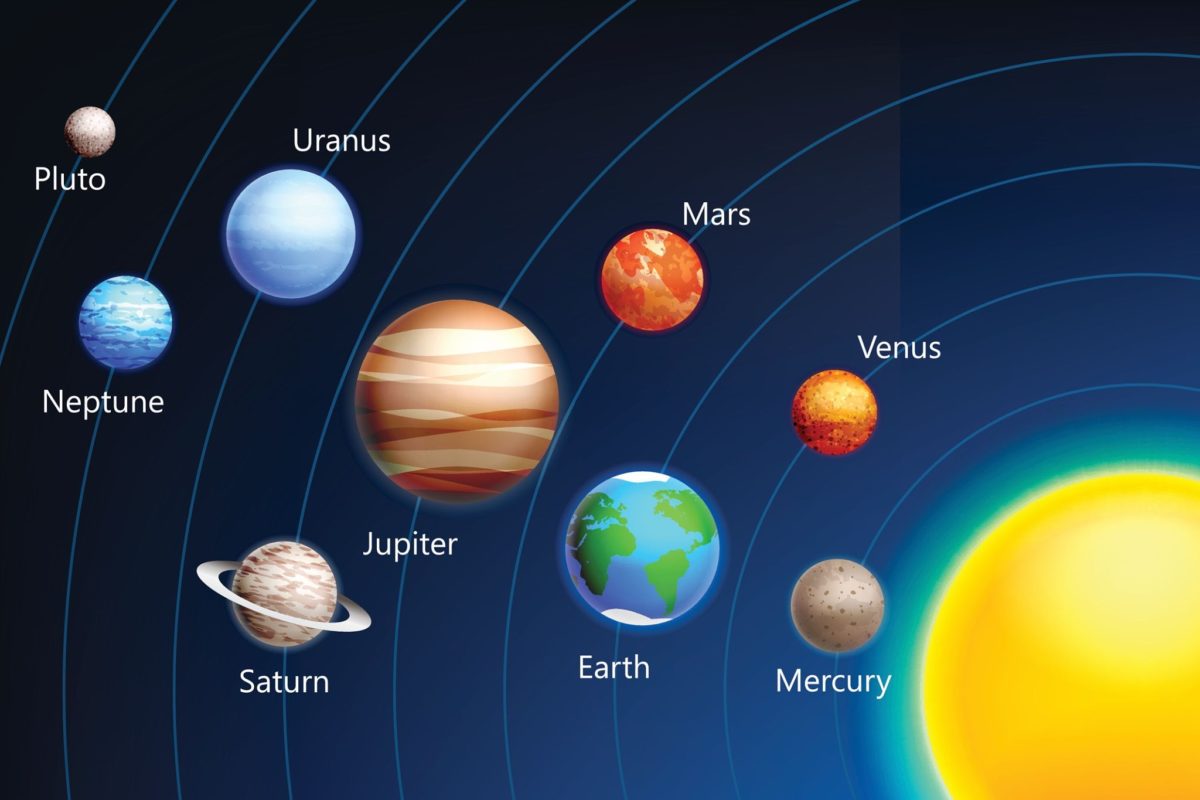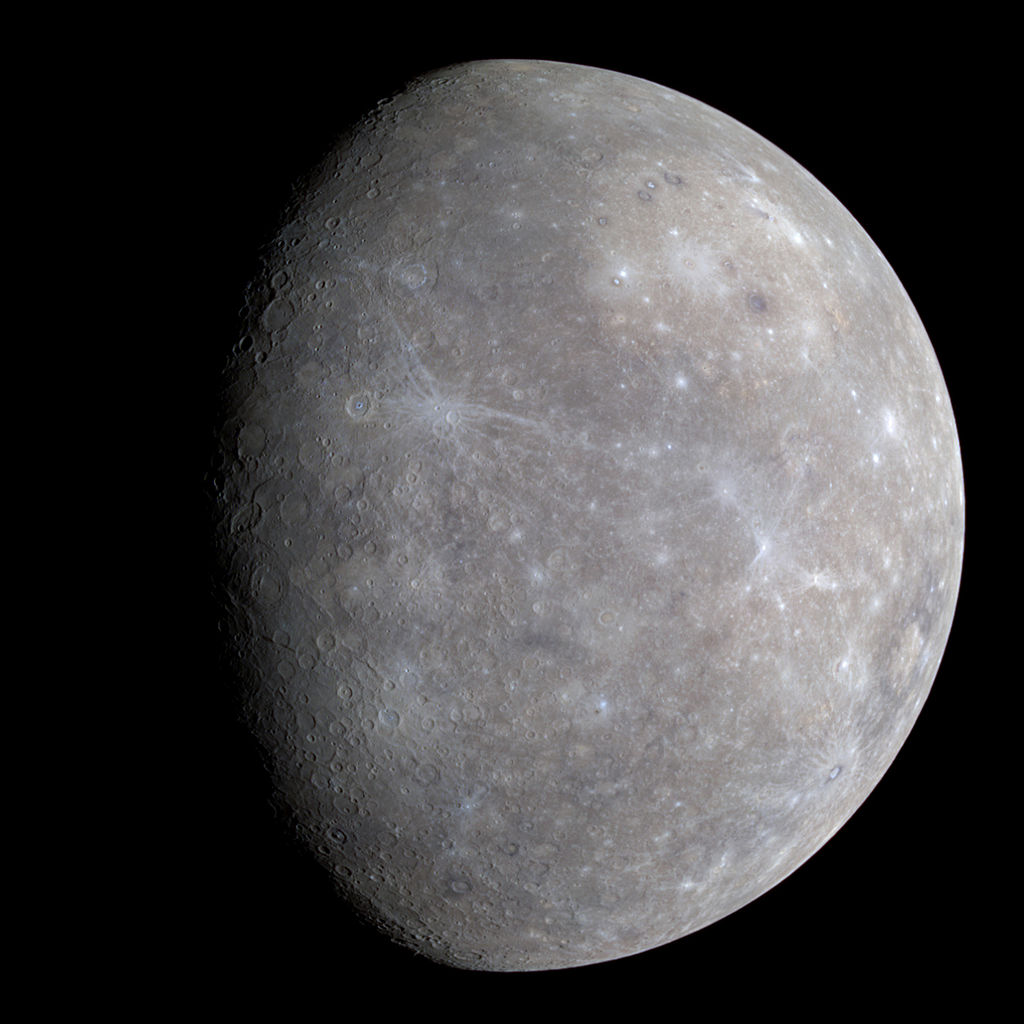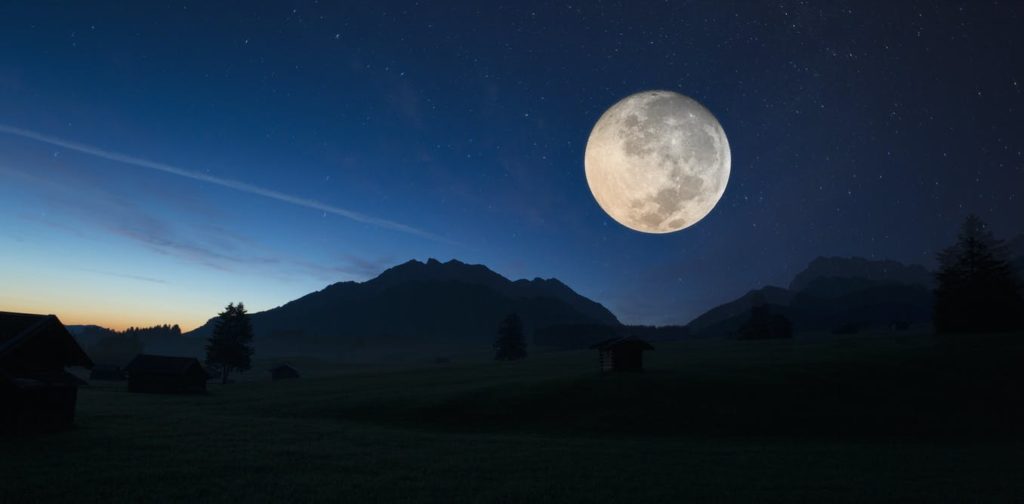Russia,[c] or the Russian Federation,[14][d] is a transcontinental country located in Eastern Europe and Northern Asia. It extends from the Baltic Sea in the west to the Pacific Ocean in the east, and from the Arctic Ocean in the north to the Black Sea and the Caspian Sea in the south. Russia covers over 17,125,200 square kilometres (6,612,100 sq mi), spanning more than one-eighth of the Earth’s inhabited land area, stretching eleven time zones, and bordering 16 sovereign nations. Moscow is the country’s capital and largest city, other major cities include Saint Petersburg, Novosibirsk, Yekaterinburg, Kazan, Nizhny Novgorod, Chelyabinsk and Samara.
Russia is the largest country in the world, the ninth-most populous country, as well as the most populous country in Europe. The country is one of the world’s most sparsely populated and urbanized. About half of the country’s total area is forested, concentrating around four-fifths of its total population of over 146.7 million on its smaller and dense western portion, as opposed to its larger and sparse eastern portion. Russia is administratively divided into 85 federal subjects. The Moscow Metropolitan Area is the largest metropolitan area in Europe, and among the largest in the world, with more than 20 million residents.



